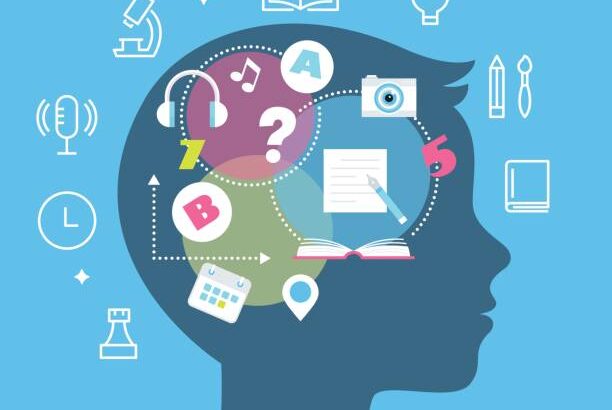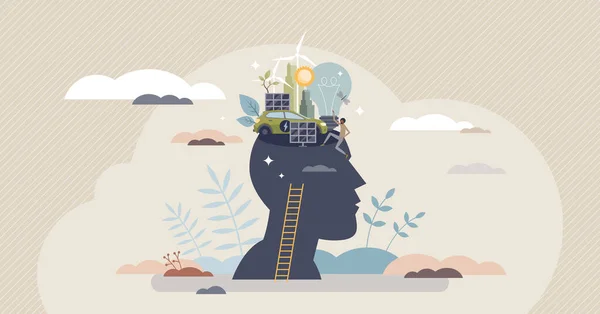Welcome back to my inquiry research! Today I will be conducting my last research round for my inquiry question and hopefully gaining a better idea of the answer to my question and getting one step closer to understanding more about this topic! For my research round today, I will specifically research the final component of my inquiry question, nostalgia. I believe understanding the implications of nostalgia and how it relates to reverting to past trends is essential to my inquiry question.
What is nostalgia?
The formal definition of nostalgia revolves around the connotations of experiencing a feeling that makes you have a sentimental longing for something of the past. The best part is whether that is a food, a smell, a memory, a clothing item, etc (1). We can experience nostalgia for anything! When one can feel such a strong emotion from an array of factors, it also means that there are more factors which cause that emotion in the first place. The emotion of nostalgia can be set off by a lot of factors as mentioned before, usually through sensory factors. So anything from tasting something to smelling, hearing, seeing, and touching something. Because of this unique ability to experience nostalgia from even the tiniest of triggers, it is no wonder that nostalgia is one of the driving forces for the recursion of trends. On a psychological level, when one experiences nostalgia, they gain a sense of belonging through the fact that they are connecting between the past and the future. When one is able to experience a nostalgia and share it with others, that is a force stronger because of the connection between two pasts becoming one, which is why nostalgia is such a powerhouse when it comes to this topic (2).
why do we experience nostalgia and how?
Though I talked about it briefly, to experience nostalgia there has to be some sort of sensory experience. Usually that happens most easily when we see a past memory in the form of a video or a sound as it is easier for our brain to remember memories from those sensors and process the information faster. Especially, it is more common to feel a sense of nostalgia when one is watching a video with the sound on, as it allows the brain to ‘see’ that memory in full physical form without having to think of much yet. However, that doesn’t mean that one isn’t able to experience nostalgia without eating or smelling something, it is just that usually there aren’t enough instances that one might eat the exact food that they weren’t nostalgic about yet, in the exact way that they like it, and then feel nostalgic. Instead, nostalgia makes seek out those instances, like watching a video from when you were a child and eating an obscure ice cream flavour that you had never tried again until you sought it out again.
Now what is happening in your brain on a biological level and how Is it occurring?
Well, nostalgia works through the memory-keeping parts of your brain. Specifically, the feeling of nostalgia occurs as a combination of work from the rewards system of your brain and your memory system. When one does a nostalgia-related activity, the emotion is triggered through activity in the hippocampus, ventral striatum, and substantial nigra/ventral tegmental area. Though we don’t know precisely how this unique emotion is evoked, there are studies conducted that indicate it is these two systems that work together to trigger nostalgia.
In accordance with a study conducted in 2013, there has been a theory developed that there are two views on nostalgia and how we process it. The first is a sociality view where the social aspect of nostalgia shines and those who experience nostalgia are categorized to have lived meaningful memories that are filled in a social context. While the second view, the maladaptation view, suggests that experiencing nostalgia can be a sign of depression and other emotionally unstable disorders as a result of an unfulfilling childhood.
The overall result of the study conducted is that one’s tendency to feel nostalgia is dependent on their ideals on how much they believe they feel ‘belongingness’. Meaning, that somewhere in our brains once we feel satisfied with our degree of belonging, then we feel less of a need to overcompensate for that with nostalgia (3).
When speaking about nostalgia, we also have to understand that there are two distinctive ways we can categorize it. One is reflective nostalgia which is an older concept that was first documented as an after-effect of soldiers who were longing for their homes during the war. This type of nostalgia can occur when you feel that there is more merit in staying in the past and forgetting about the present. Most often this type of nostalgia occurs during times of grieving, loss of a relationship, and during times of failure. On the other hand there is restoratively nostalgic which is almost the exact opposite in the sense that we analyze the past through this lense of nostalgia by feeling blissful when reminiscing. Events that one can feel restoratively nostalgic in are during anniversaries, holidays, birthdays, etc (4).
How does it apply to society and make us revert to past trends?
To apply nostalgia to society, we also have to understand society and the media’s motive when it comes to utilizing nostalgia. Though many like to believe it is just a simple recursion of trends from the past, more often than not, those trends are a product of a strategically placed tip. Society likes to utilize restorative nostalgia to promote some sort of ideal or product. Hence, instead of making an entirely new product with new marketing campaigns and more manpower, it is easier for society to utilize trends that already exist, because most of the work is already done for them. Though it is still prevalent to believe that trends reoccur as a product of the trend cycle, it sometimes needs a push from other sources like society as well. Which is why, every couple of years a new strain of an old trend will arise and instill a sense of nostalgia that makes society revert back to past trends in a new way, this isn’t necessarily a bad thing and sometimes it is fun to have a piece of your memory to look forward to in the future (5).
Thanks for reading! and see you next time,
Sanam M.
Sources:
- nostalgia. (2024). In Merriam-Webster Dictionary. https://www.merriam-webster.com/dictionary/nostalgia
- What nostalgia is and what it does | Nostalgia | University of Southampton. (n.d.). https://www.southampton.ac.uk/nostalgia/what-nostalgia-is.page
- Bishop, C. (2024, April 8). What to know about nostalgia. WebMD. https://www.webmd.com/balance/what-to-know-about-nostalgia
- Crosby, J. (2021, November 24). Restorative vs. reflective nostalgia: Learn to spot the differences and combat memory distortions. Thriveworks. https://thriveworks.com/blog/restorative-vs-reflective-nostalgia/
- Campbell, O. (2023, July 28). Feeling nostalgic? Your brain is hardwired to crave it. Science. https://www.nationalgeographic.com/science/article/nostalgia-brain-science-memories



